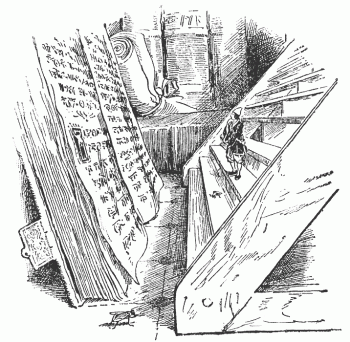TTA:Getting started/Commentaries
|
New Users Adding tunes Tune book Recorded sources Tune Annotations Typesetting Guidelines Public domain material Theme Code Index
|
 AnnotationsAnecdotes, identifying or clarifying historical information, provenance, examples of associated lyrics and miscellaneous information regarding a melody may be entered, including information about sources, playing techniques and peculiarities, etc. Every attempt should be made to separate information which is factual and verifiable from that which is speculative and unverified. Annotations and other entries will be assessed and reviewed by experienced TTA users, then approved, and a system for clarifying and resolving disputed information has been established (see section on "Edit Review" in the "Special Pages" in the left-hand toolbar of the TTA for more). Disputed elements of commentaries and identification of need for citation will be editorially inserted, and will follow established wiki processes until resolved. When you finished inserting the Tune and save your work, the resulting Tune page has a red link on top of the form that, if clicked, open a new page where to add your annotation. The new page is not a blank page but a template page to fill with your information. At the end of your work you will get something like this (just an example): X:0 T: No Score C: The Traditional Tune Archive M: K: x
|
